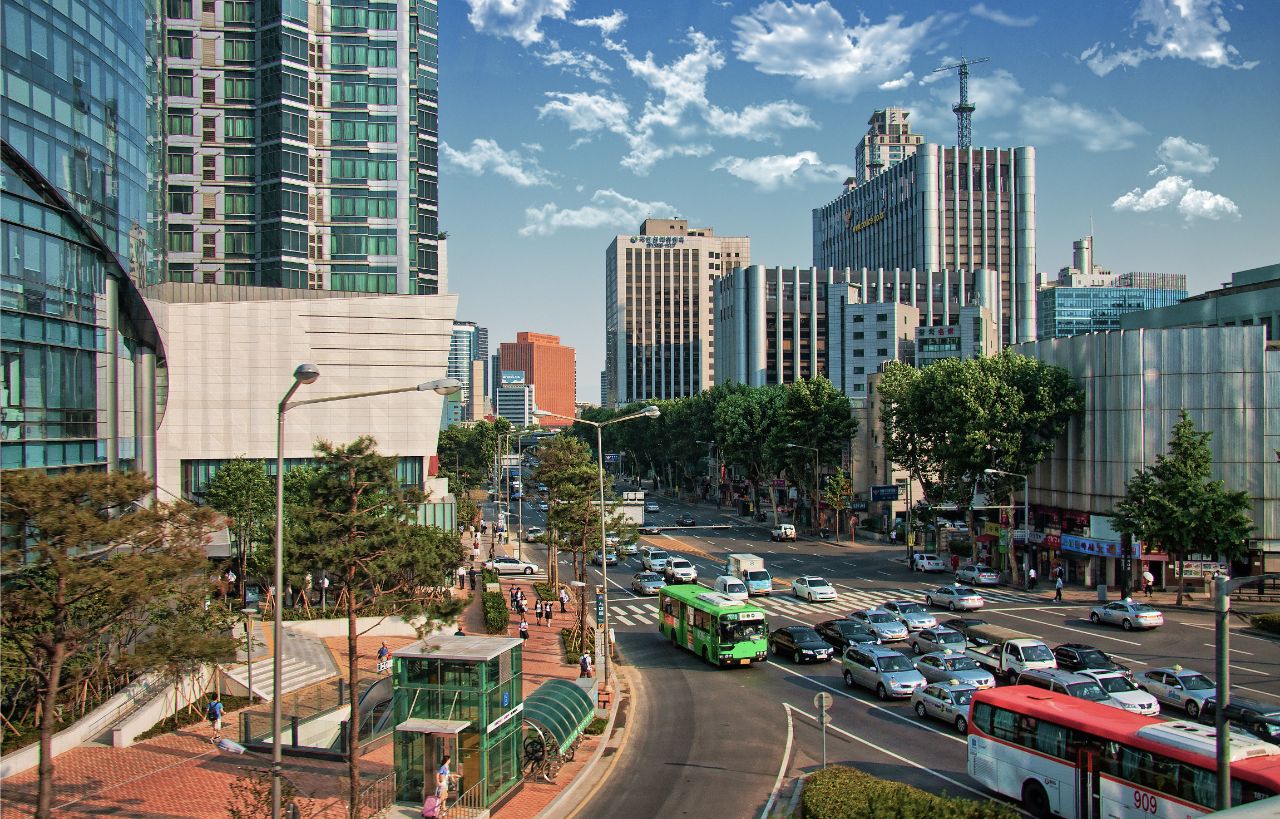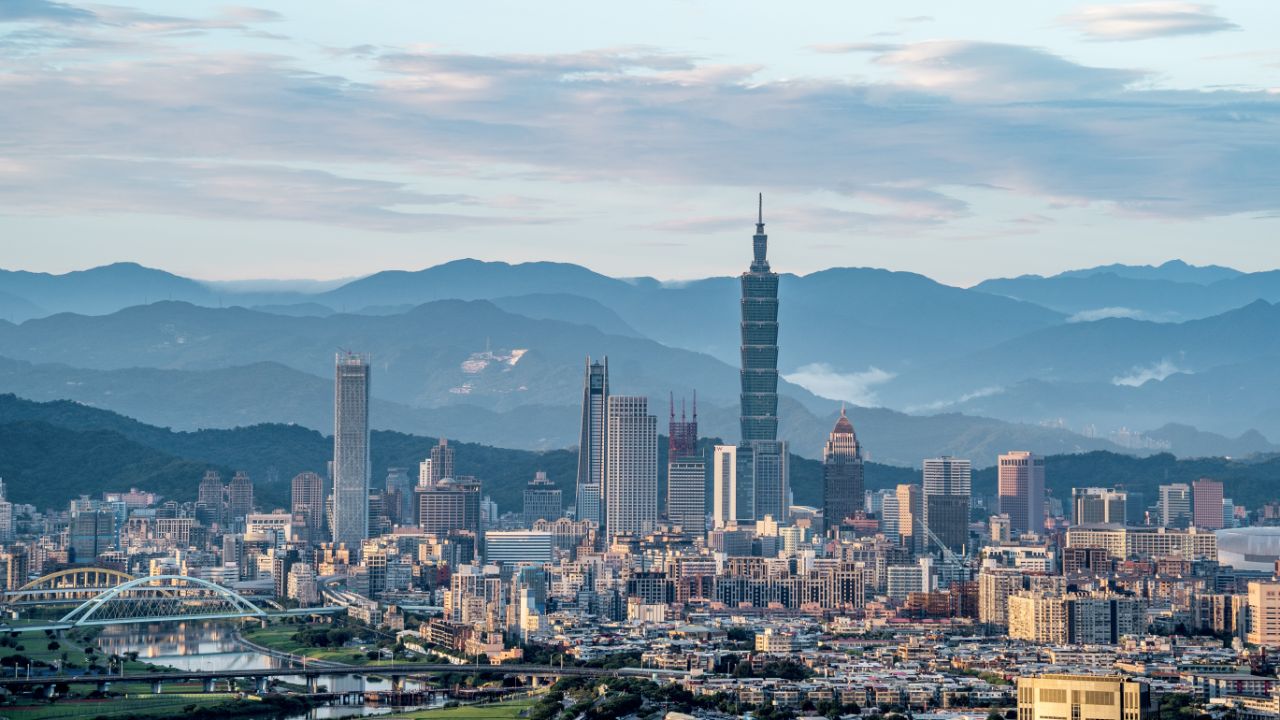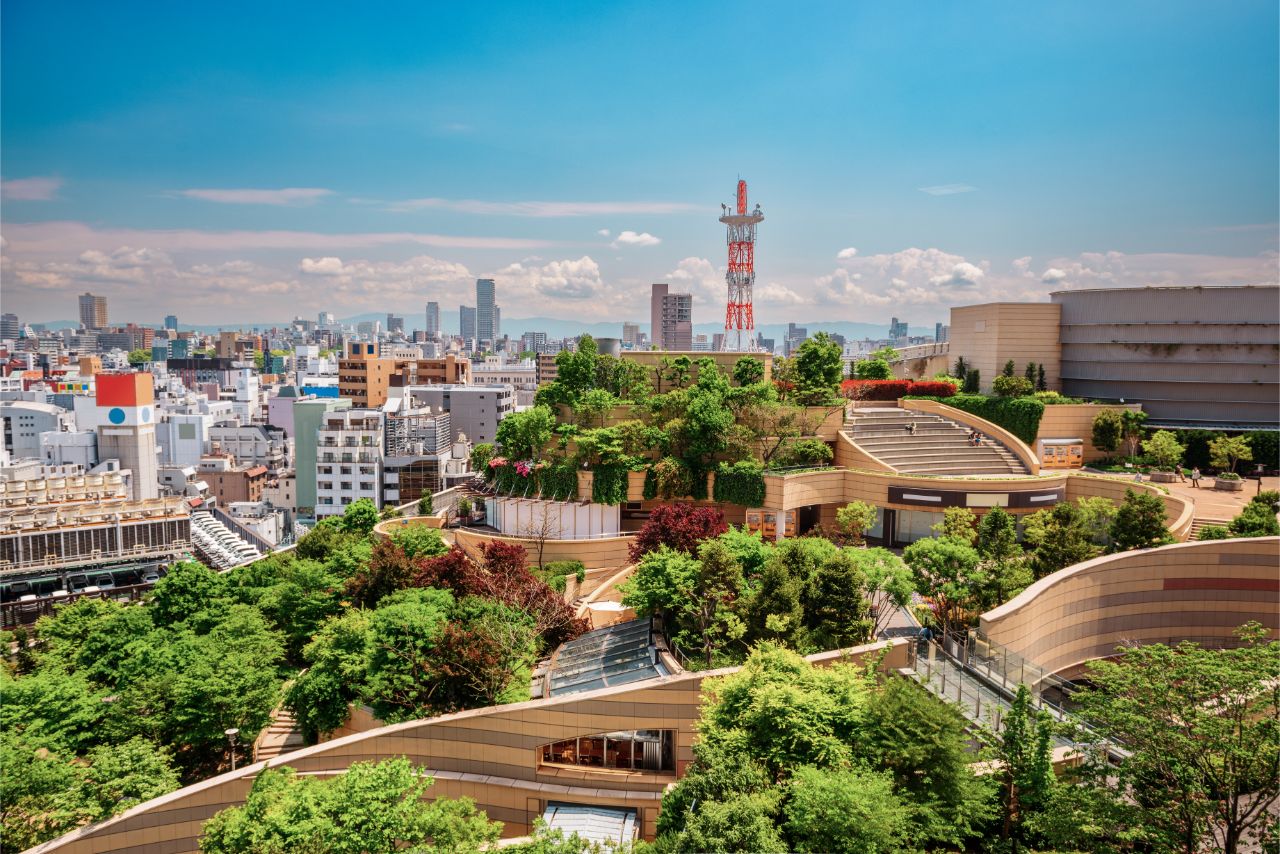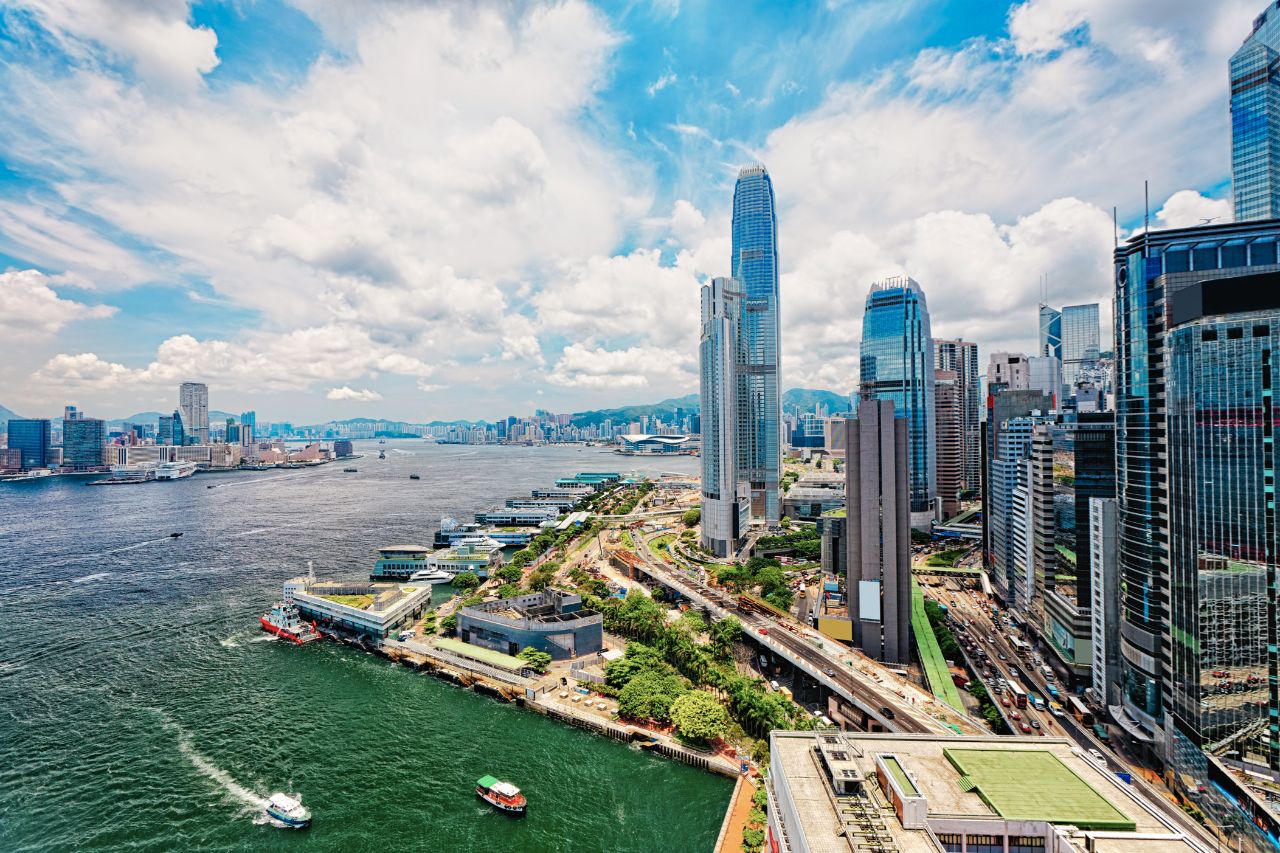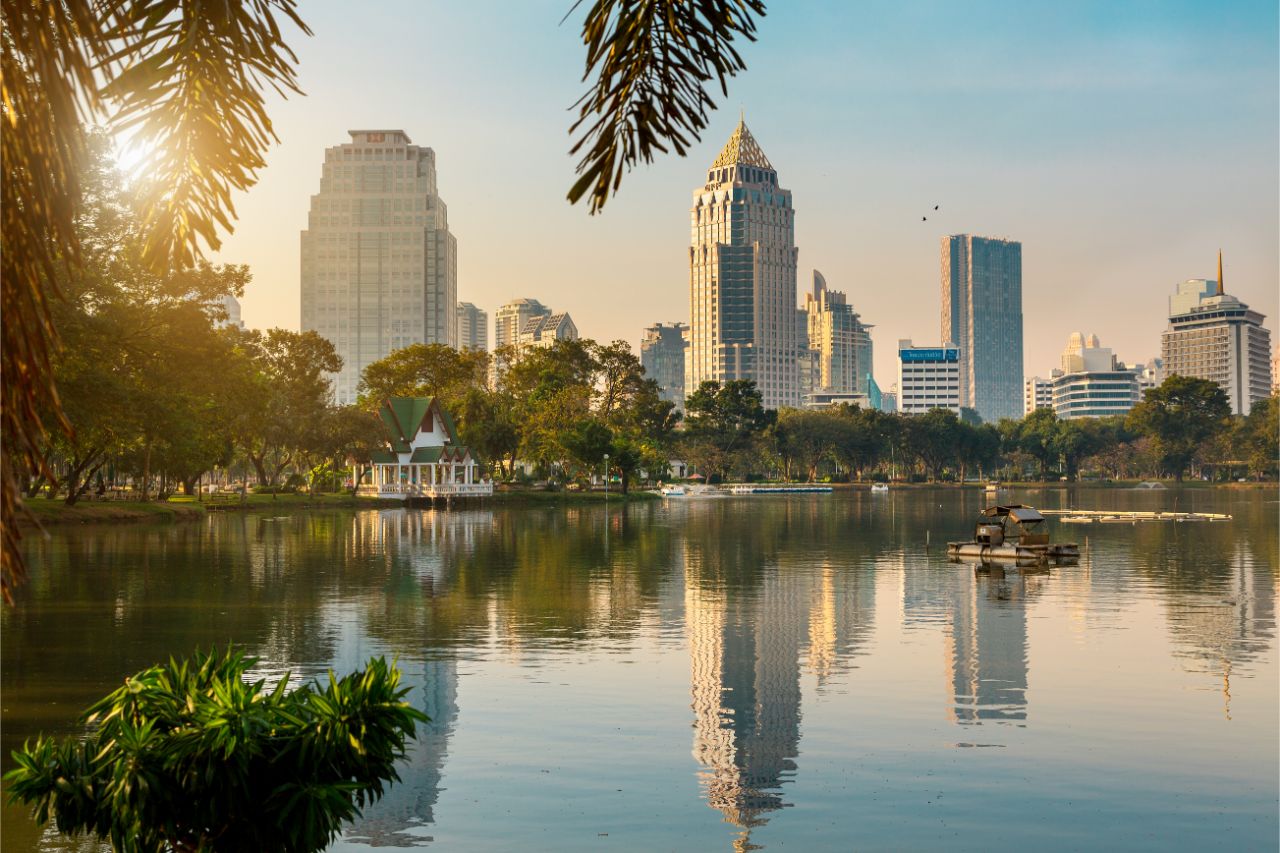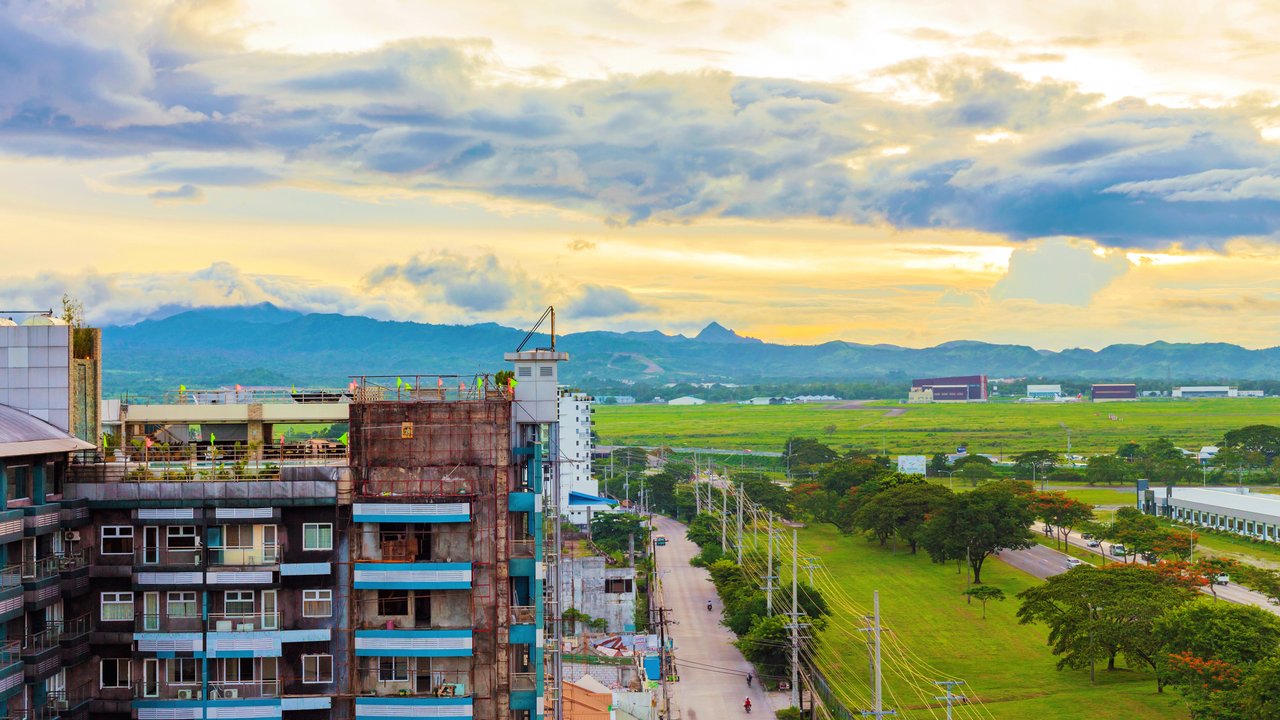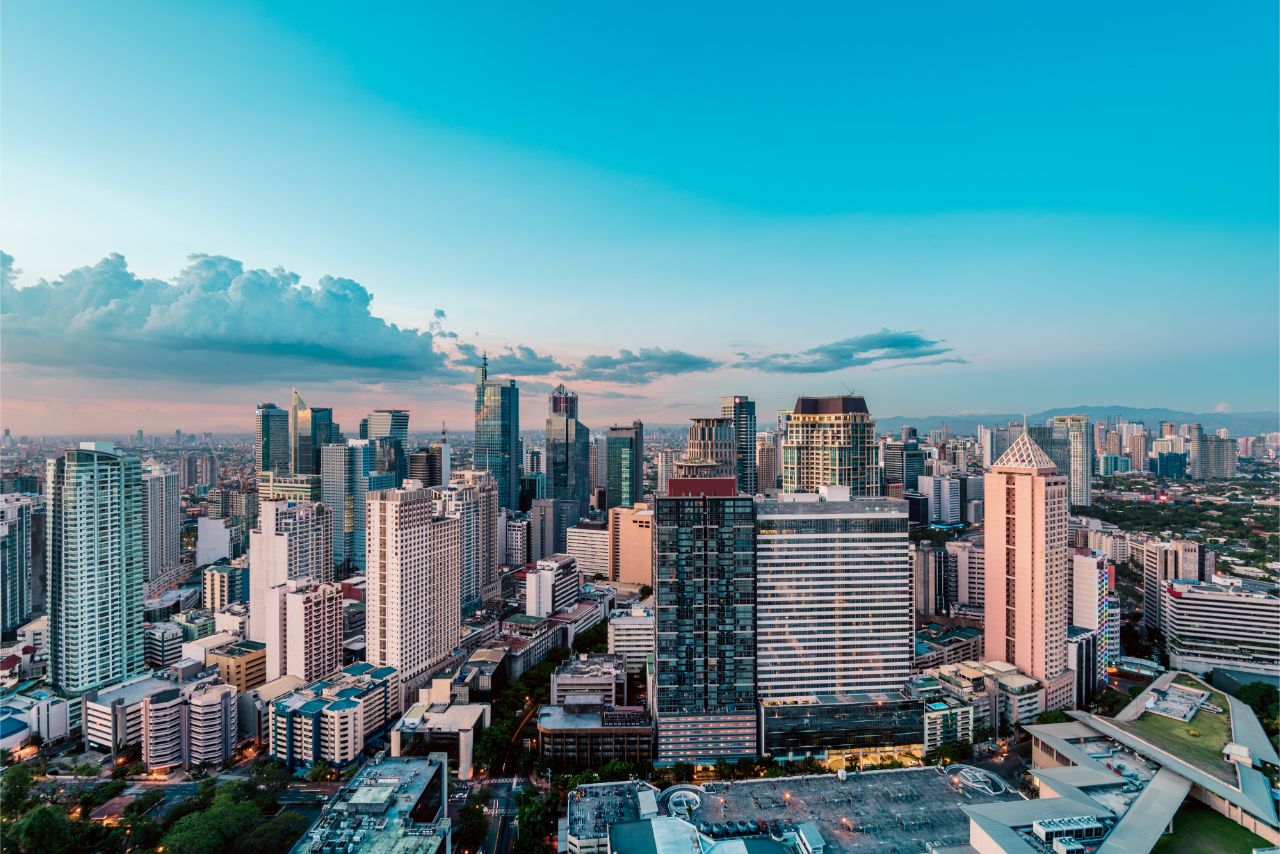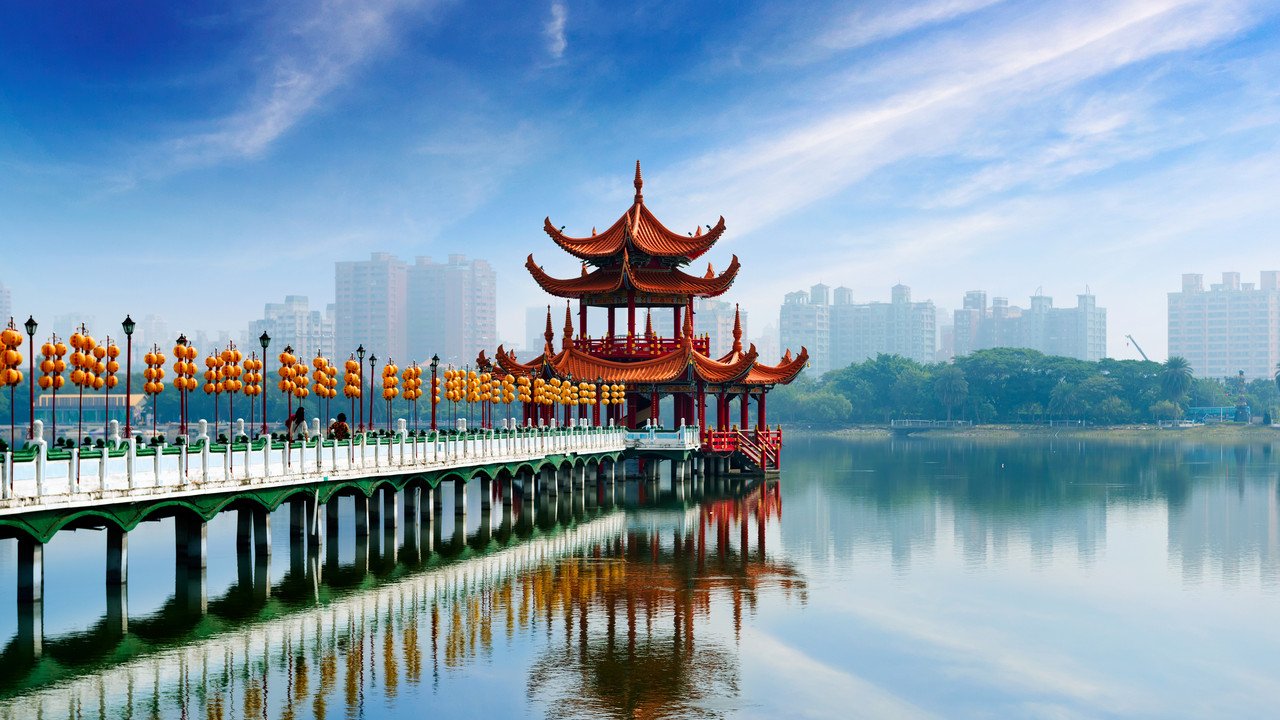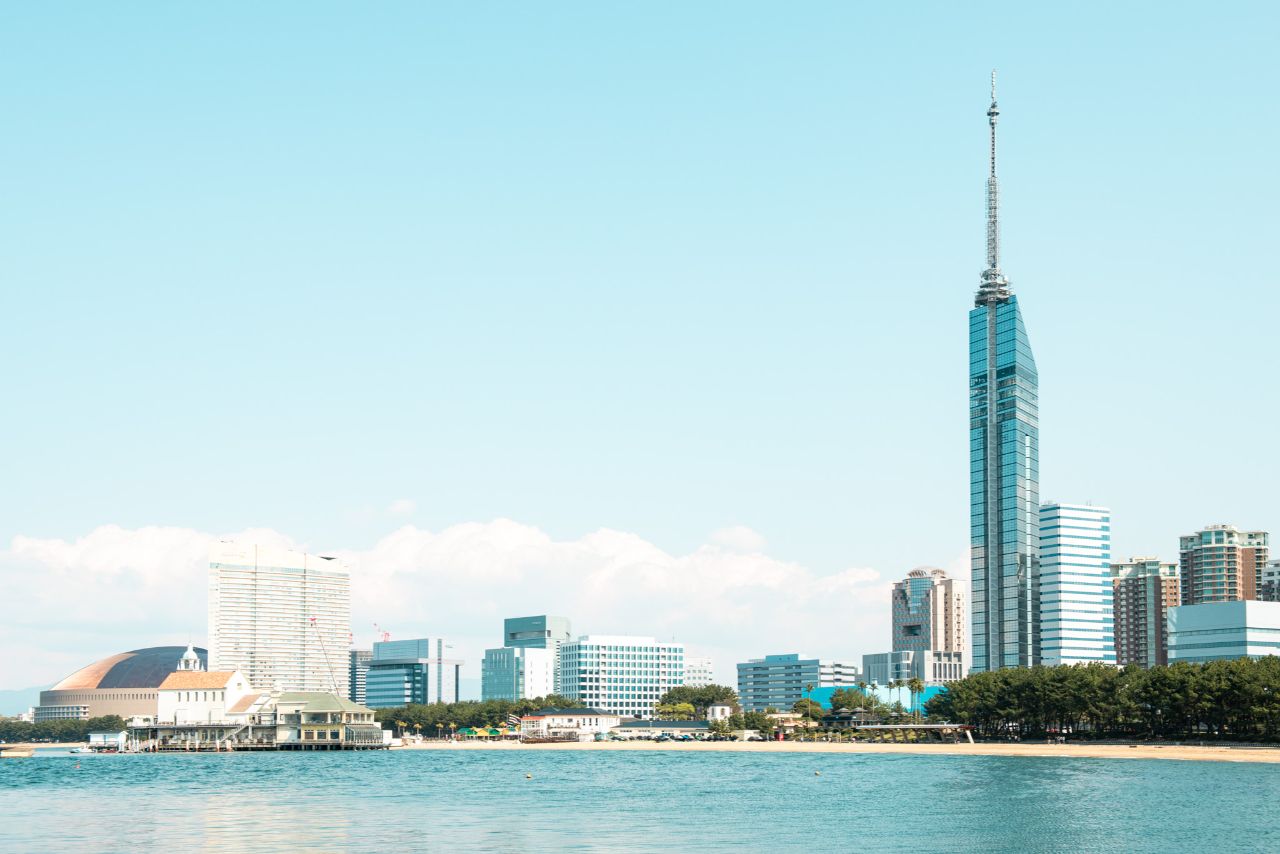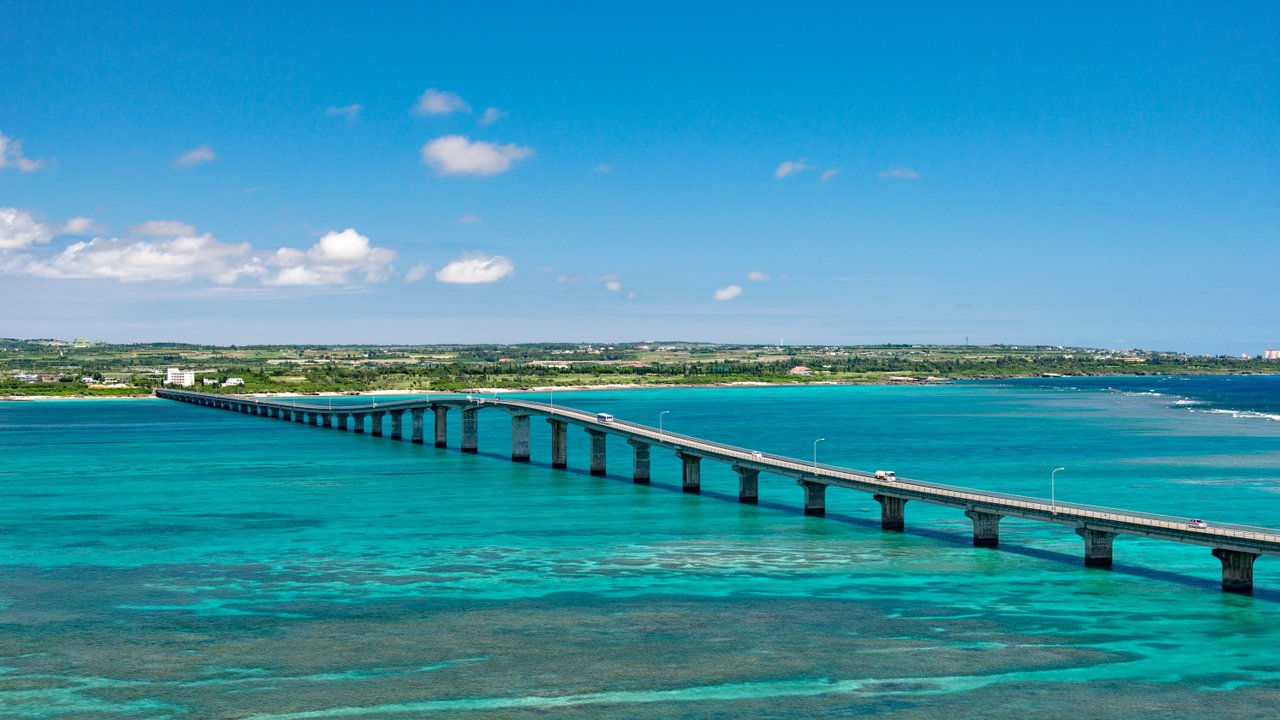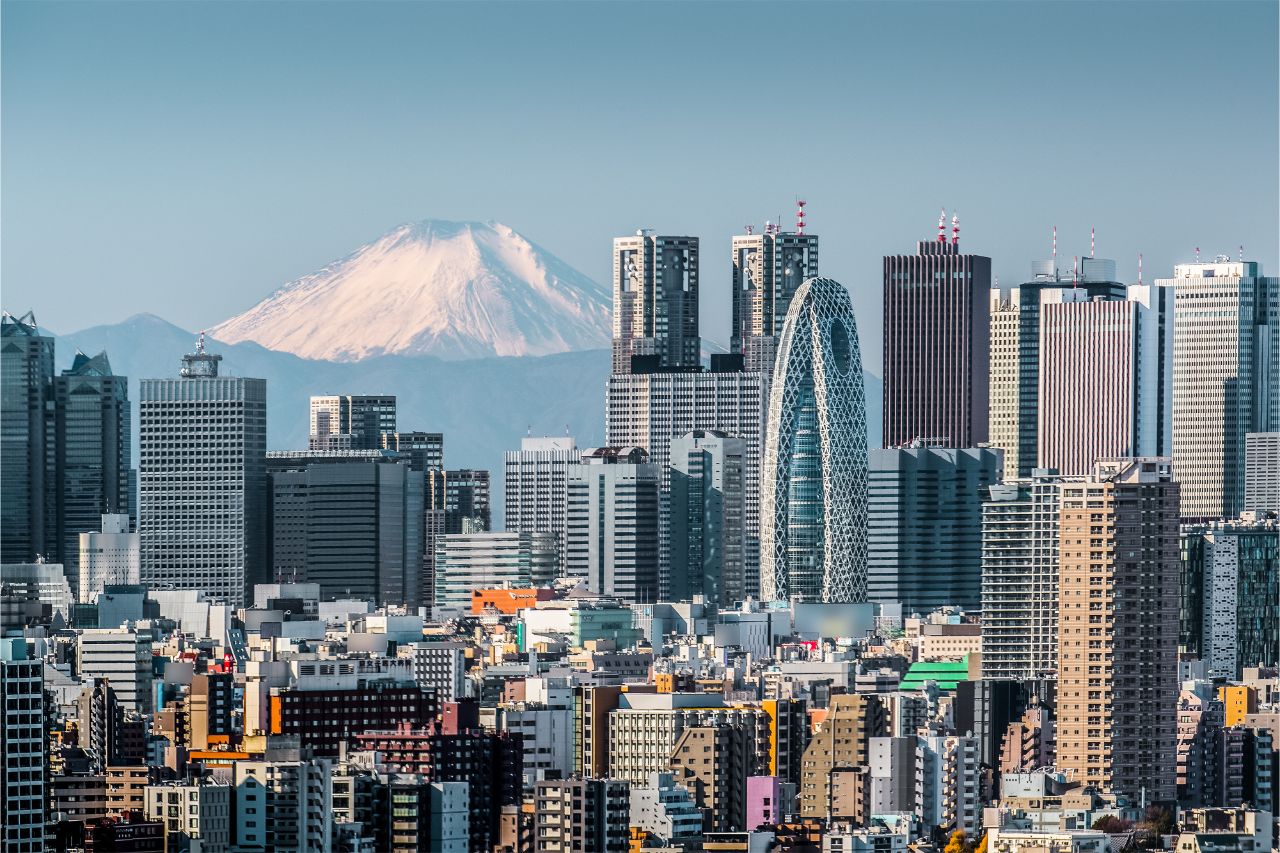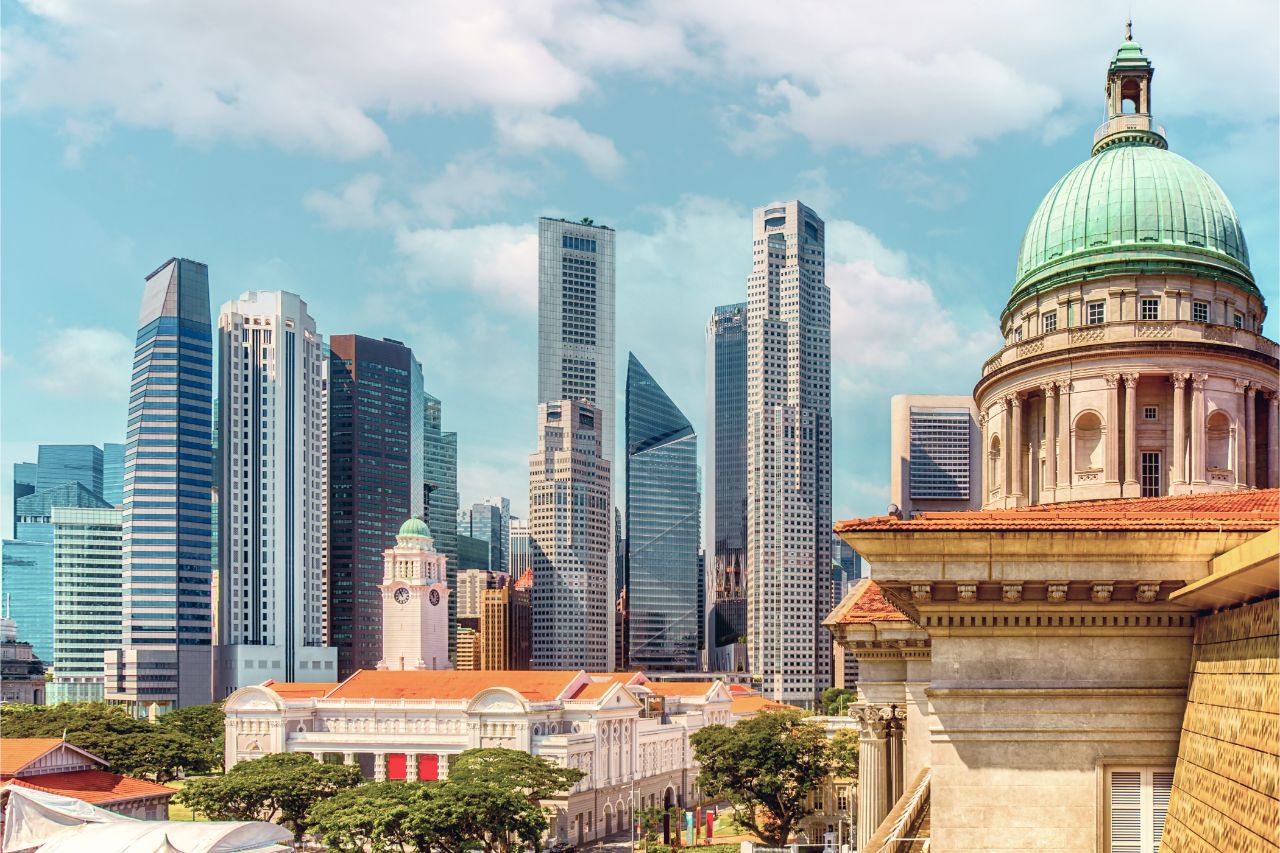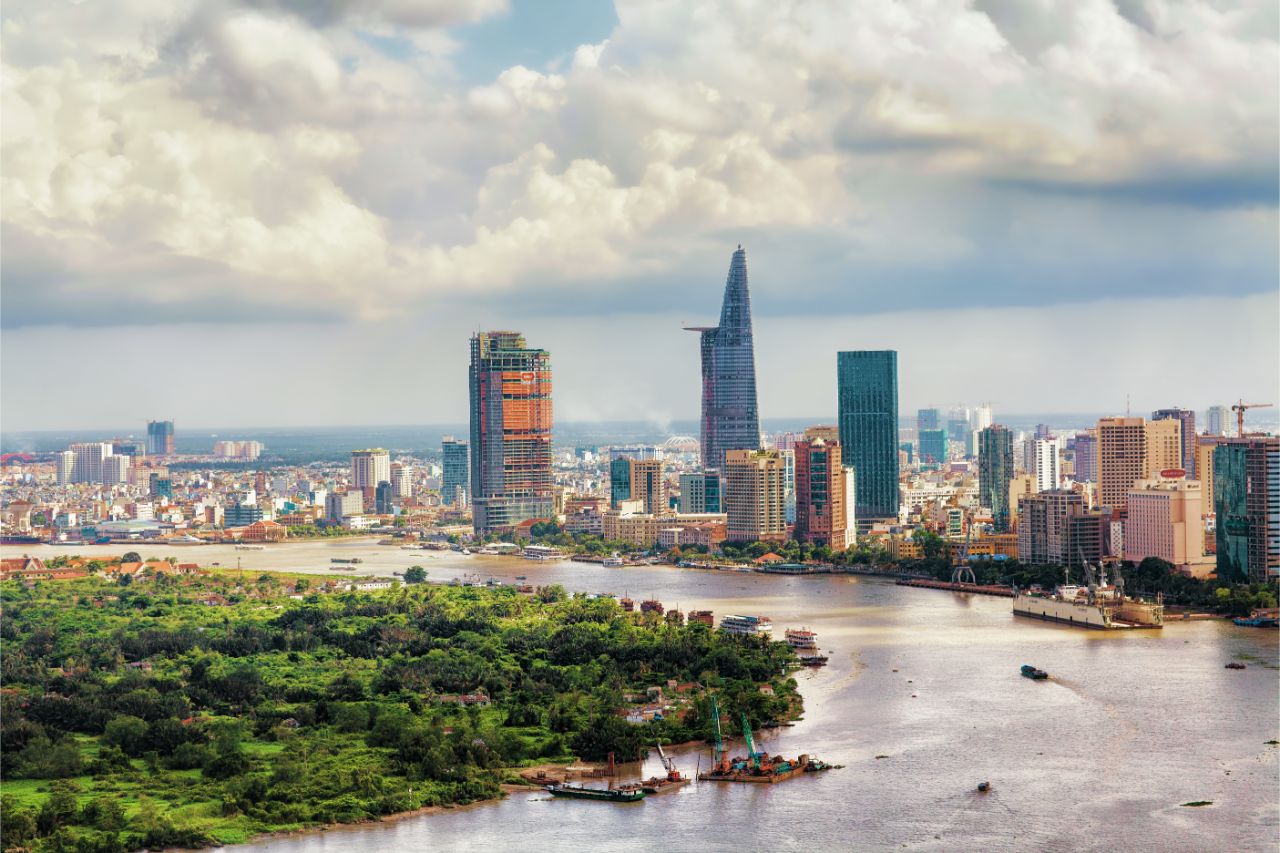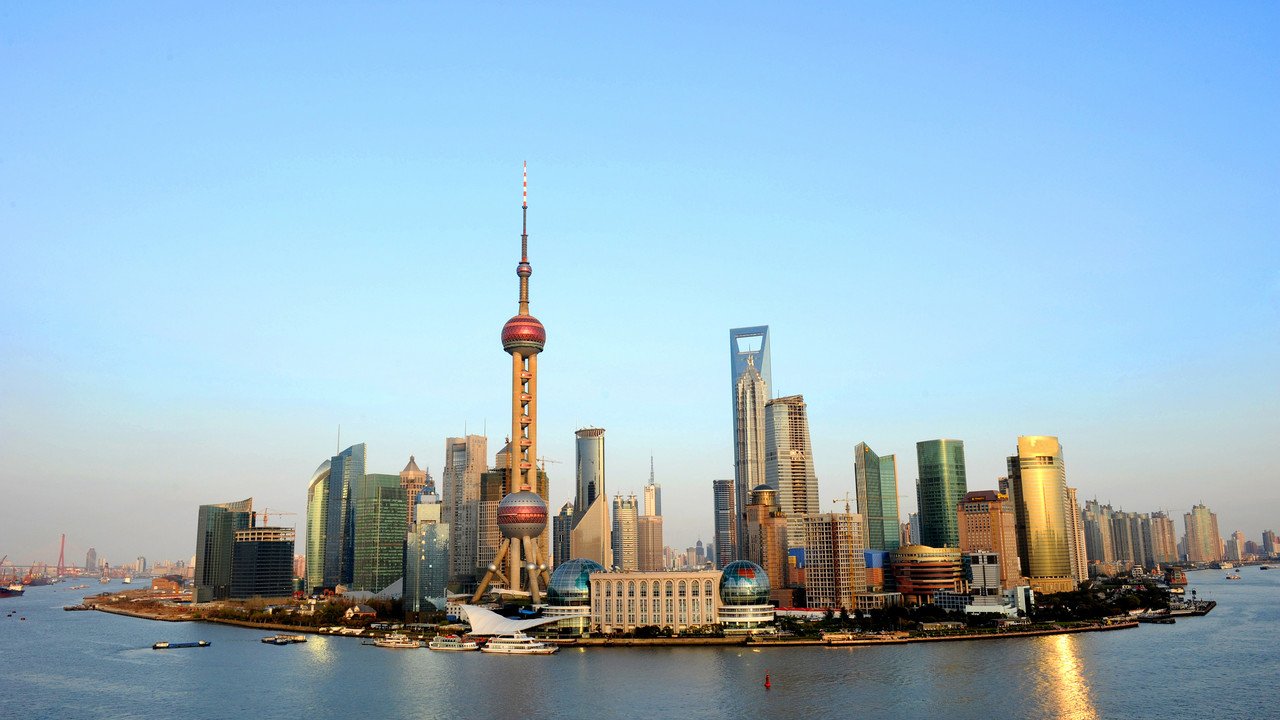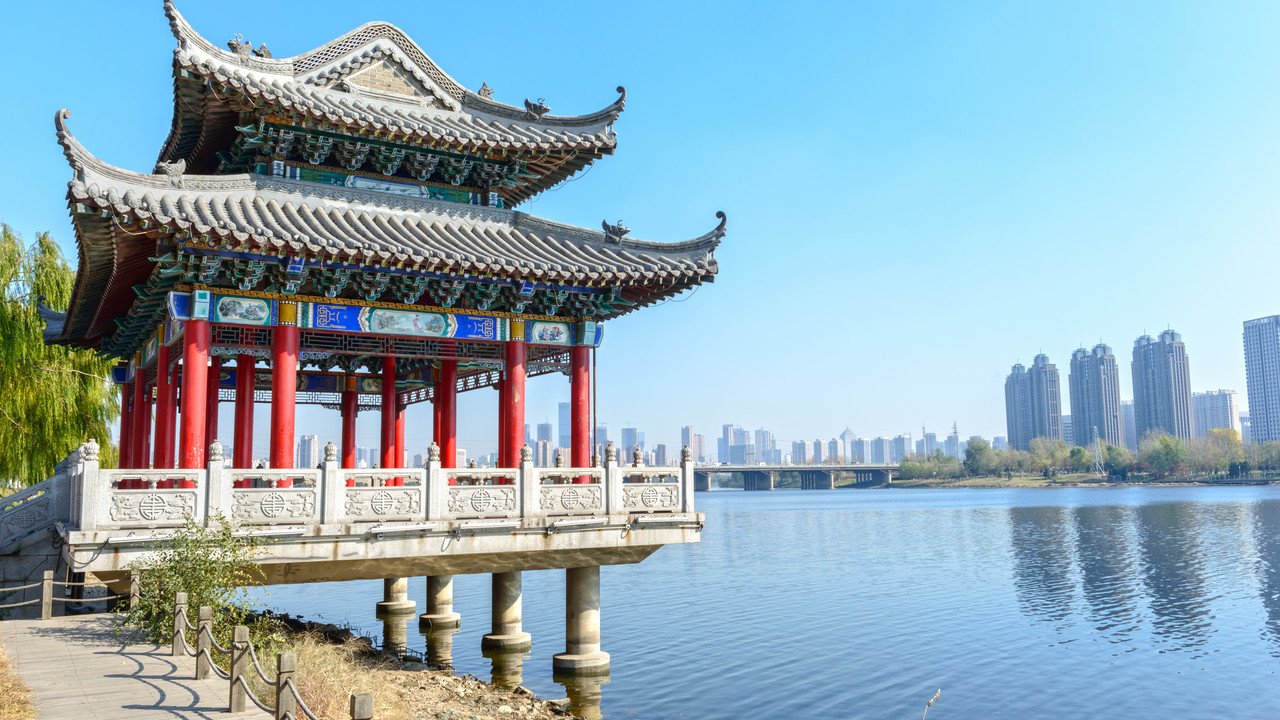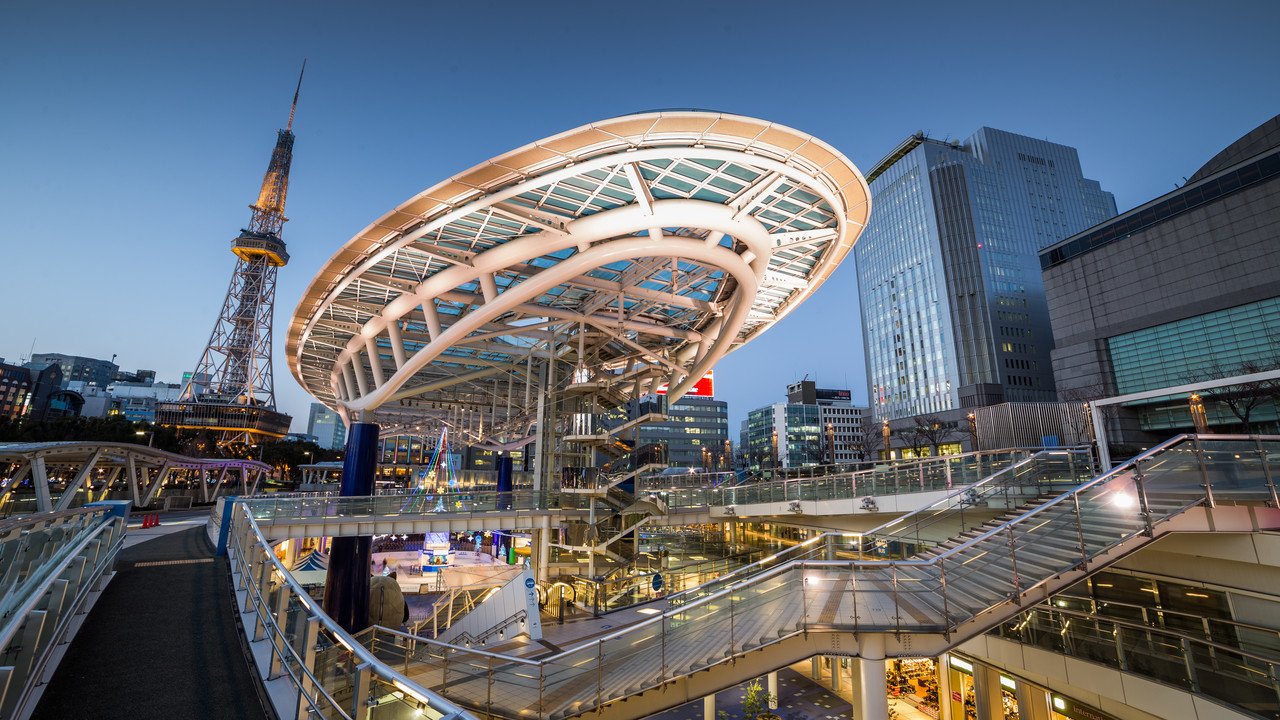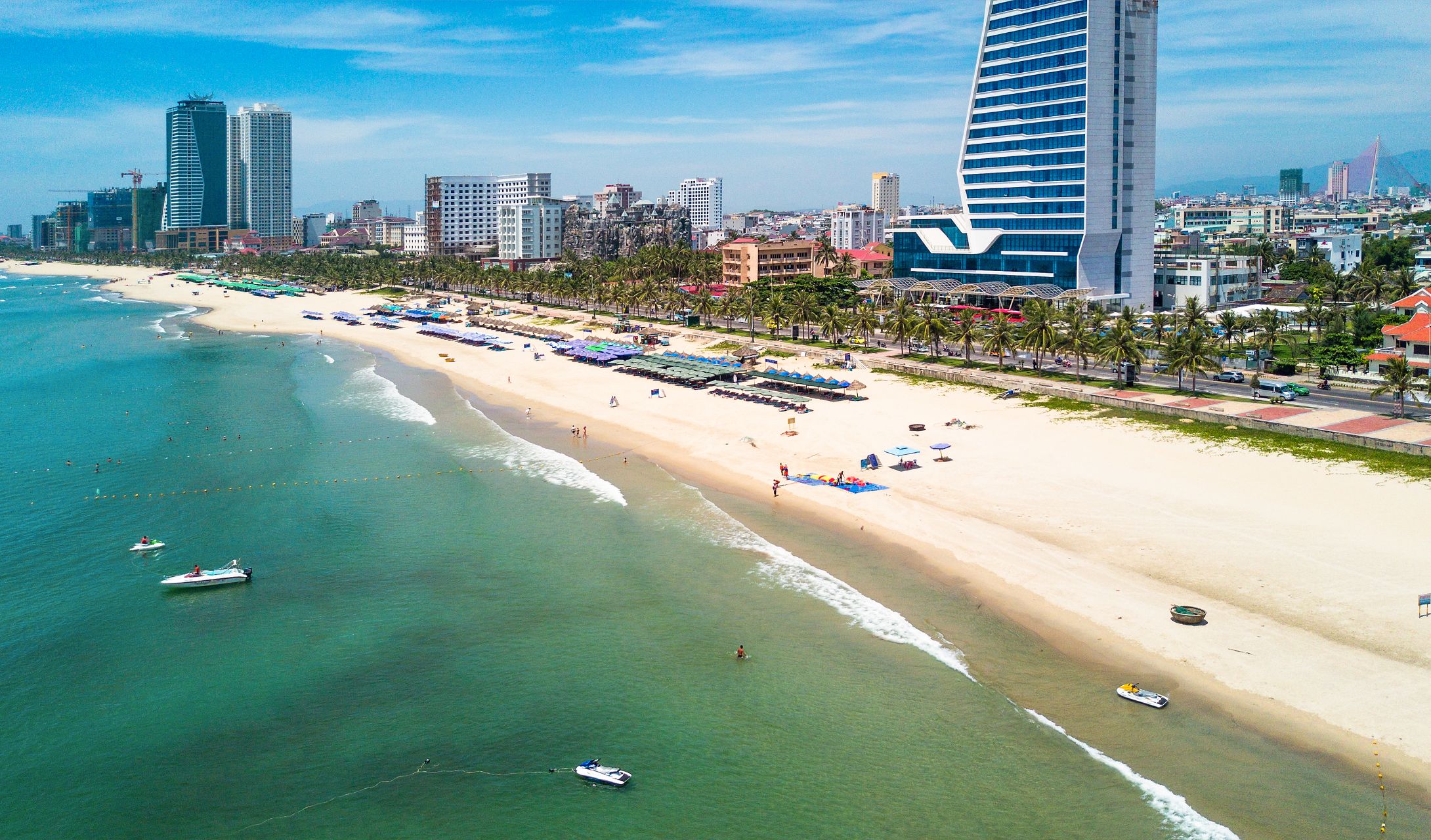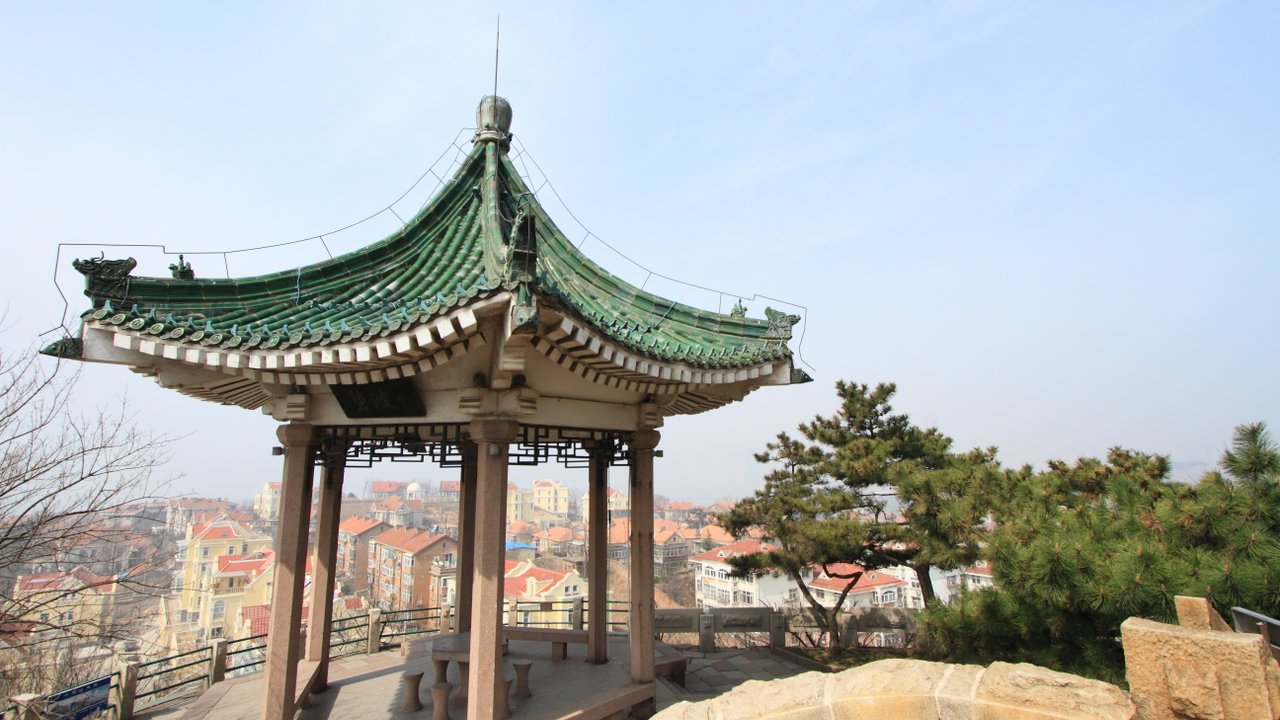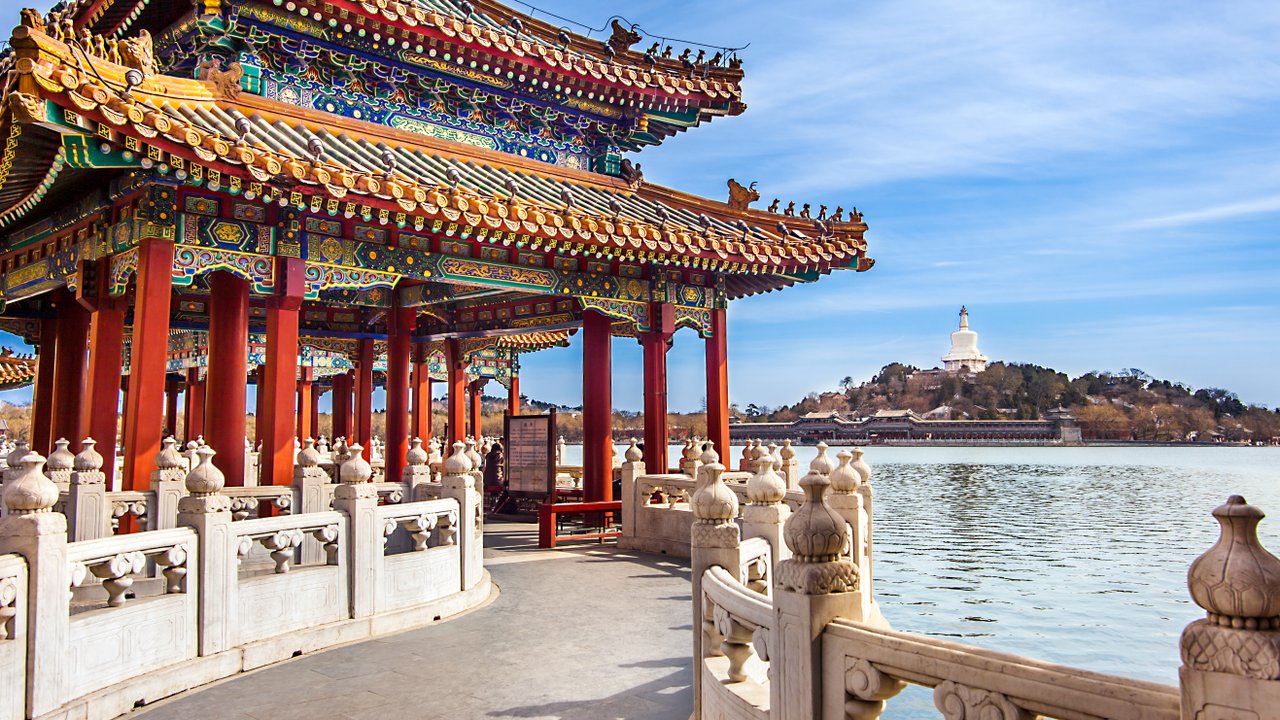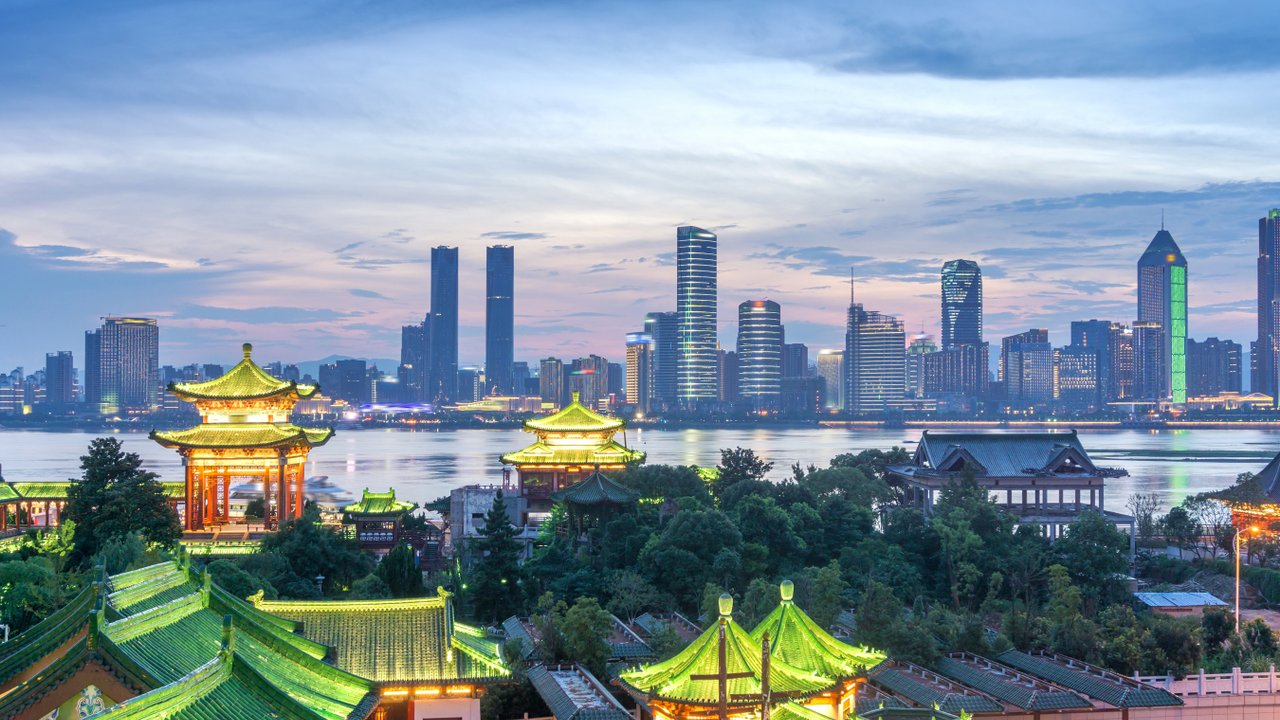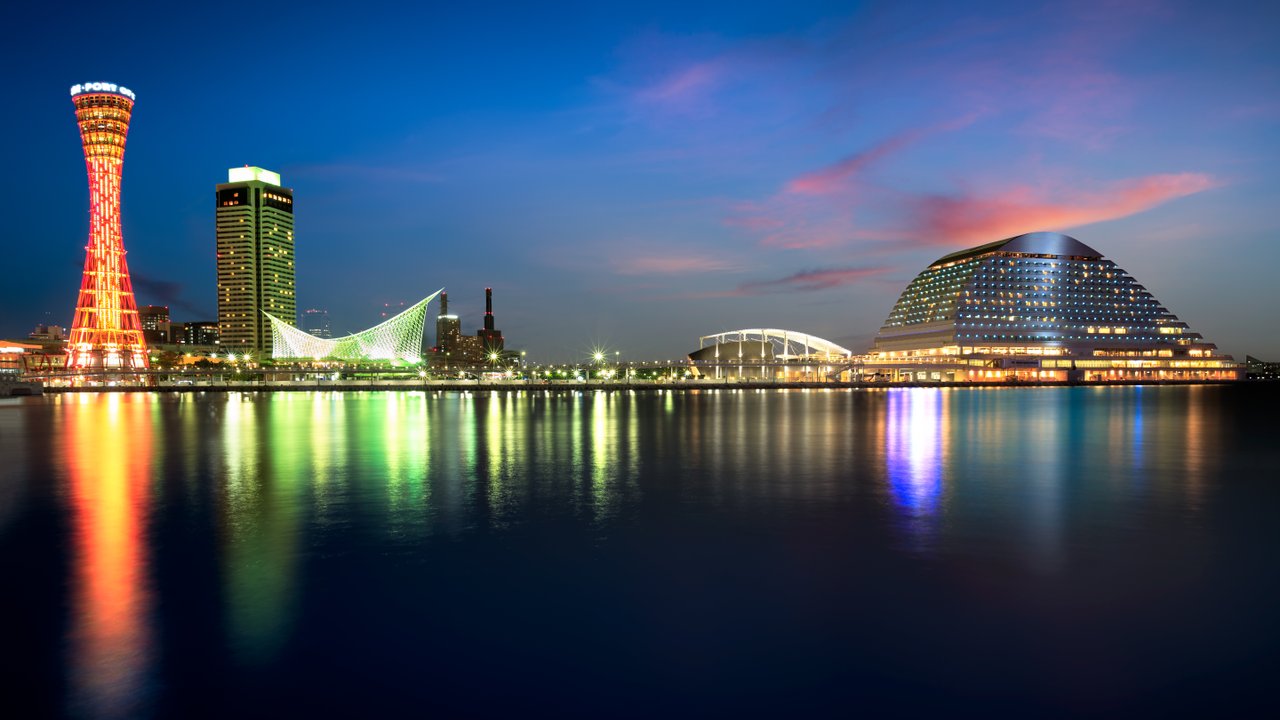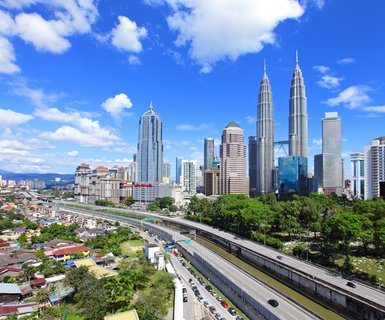
Flight deals from Jeju City, South Korea
Looking for a specific place to visit?
Jeju City travel tips
Why flights from Jeju City make every departure easy
Flying out of Jeju City is straightforward and stress light. Jeju International Airport gives you short transfer times from town, frequent domestic links, and growing international options across East Asia, so you can plan cheap flights from Jeju City without complicated positioning.
What makes Jeju City a smart departure hub
Jeju International Airport CJU sits about 2 kilometers west of central Jeju City, so rides are quick and affordable compared with many big city gateways. The single terminal is modern and compact, which keeps walking distances short and check in flows efficient for families and time pressed travelers. As a major South Korean airport with high domestic traffic, Jeju sees very regular feeder flights, which makes it easy to pair a short hop with a longer international leg when you want cheap one way flights from Jeju City or a spontaneous weekend escape.
Kiwi.com’s Nomad Search Tool advantage
If your plans span multiple stops, you can use Kiwi.com’s Nomad Search Tool to map three or more destinations and let our tech find an efficient multi city route in seconds, then book the pieces in one place for a smooth start to your trip. You can read more about Nomad in our Nomad Search Tool guide.
Popular and trending destinations from Jeju City right now
From quick domestic hops to regional city breaks, flights from Jeju City cover business and beach plans alike. Short haul demand is strong year round, while seasonal leisure routes pop up around holidays and peak summer.
Nonstop favorites and long weekend ideas from Jeju
Seoul Gimpo GMP is the busiest corridor from Jeju, with multiple daily departures and a typical flight time of about 1 hour 10 minutes nonstop, subject to change. The frequency makes last minute flights from Jeju City to Seoul practical for work or quick meetups. Beyond the peninsula, Shanghai PVG connects you to mainland China, with several weekly services and a flight time usually around 1 hour 30 minutes to 2 hours nonstop, subject to change. Taipei TPE and Hong Kong HKG are popular city break picks, often flown several times a week with typical block times around 2 hours to 2 hours 30 minutes nonstop, subject to change.
City break picks and onward connections
For the longest regular route from Jeju, Singapore SIN clocks about 5 hours 50 minutes nonstop, subject to change, and opens up onward connections across Southeast Asia. Travelers have also seen added Taiwan options like Kaohsiung KHH and Taichung RMQ at various times, giving more choice for food and culture weekends, subject to change. These routes are favored for their short flight times, strong culinary and shopping scenes, and convenient schedules that fit a two or three night plan.
When to book flights from Jeju City for value
You get the best deals by being flexible on dates and watching prices. Jeju’s peak travel surges come in summer and around major holidays, while shoulder months often bring calmer prices.
Cheapest months and tools to catch price drops
For the best value, look at spring and autumn shoulder periods, then compare weekdays against weekends because demand can swing dramatically, subject to change. A practical booking window for many regional routes is often 4 to 6 weeks out, while holiday peaks tend to reward earlier planning, subject to change.
Kiwi.com’s Price Alert and Travel Hacks
To avoid constant re checking, set up Kiwi.com’s Set a Price Alert on your route. It tracks fares and pings you when prices change so you can lock in a deal fast at Price Alerts. If you are flexible on where to go, explore Kiwi.com’s Travel Hacks to uncover self transfer options, hidden cities, and throwaway tickets, which can reveal cheaper combinations others miss at Travel Hacks. Planning a multi stop escape from Jeju City to multiple cities in one trip becomes simpler with the Nomad Search Tool, which finds an efficient order of destinations in a flash, then lets you book in one place at Nomad Search Tool.
Airports and airlines in Jeju City explained simply
Here is how Jeju’s airport works in practice, plus how to think about airlines flying from Jeju City when comparing full service versus low cost carriers.
Jeju International Airport CJU and who flies from it
Jeju International Airport CJU is the city’s main and only commercial airport for scheduled flights. It is about 2 kilometers from downtown, making it one of the most convenient airports in South Korea for quick transfers. Taxis, local buses, and rental cars serve the terminal, and the short distance keeps transfer times modest even during busy periods, subject to traffic.
Airline mix and the Kiwi.com Guarantee
The terminal is modern with lounges, family areas, duty free shops, and accessibility assistance, and recent expansions have focused on easing peak crowding. For check in, domestic flights commonly move fast thanks to high frequency schedules, while international travelers should plan to arrive around 1.5 to 2 hours before departure to clear check in and security, subject to change and airline rules. On the airline mix, full service carriers like Korean Air and Asiana Airlines deliver traditional inclusions and interline options on select itineraries, while low cost carriers such as Jeju Air, T way Air, Jin Air, Air Busan, and Air Seoul keep base fares lean and charge for extras, subject to each airline’s policy. On Kiwi.com you can combine separate airlines into one self transfer itinerary to reach places that are not served by a single ticket. If a carrier’s cancellation or significant schedule change disrupts your trip, the Kiwi.com Guarantee has your back with services that include Automatic check in, 24 or 7 instant chat support, and Disruption Protection for affected itineraries at Kiwi.com Guarantee. Read more about Disruption Protection at Kiwi.com Help.
Smart travel tips for departures from Jeju City
- Aim for off peak flights when you can. Early morning or late evening departures from Jeju often see lighter lines, and midweek dates can price better than Fridays and Sundays, subject to change.
- Compare both nearby and far flung options in one search. Self transfer combinations on Kiwi.com can pair a Jeju domestic hop with an international leg to unlock cheap flights from Jeju City that do not appear as a single ticket.
- Watch price moves instead of re searching daily. Toggle a Set a Price Alert on your chosen route and get notified when the fare changes so you can book instantly at Price Alerts.
- Build multi city trips smarter. Use the Nomad Search Tool to enter three or more destinations and let Kiwi.com find the cheapest order automatically at Nomad Search Tool.
- Allow buffer time for international departures. Arrive 1.5 to 2 hours before your flight to handle check in and security at CJU, and verify your airline’s latest guidance, as procedures and cutoffs are subject to change.

